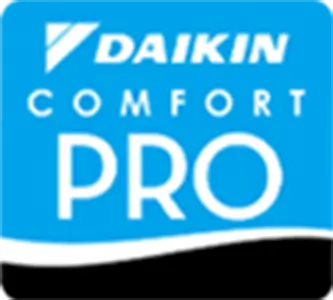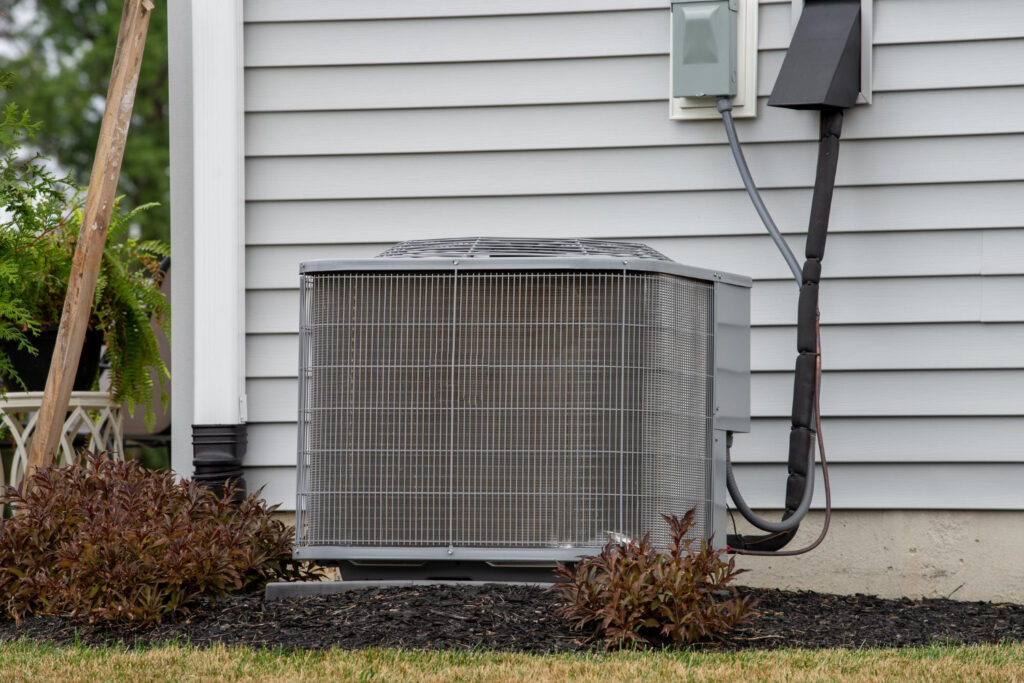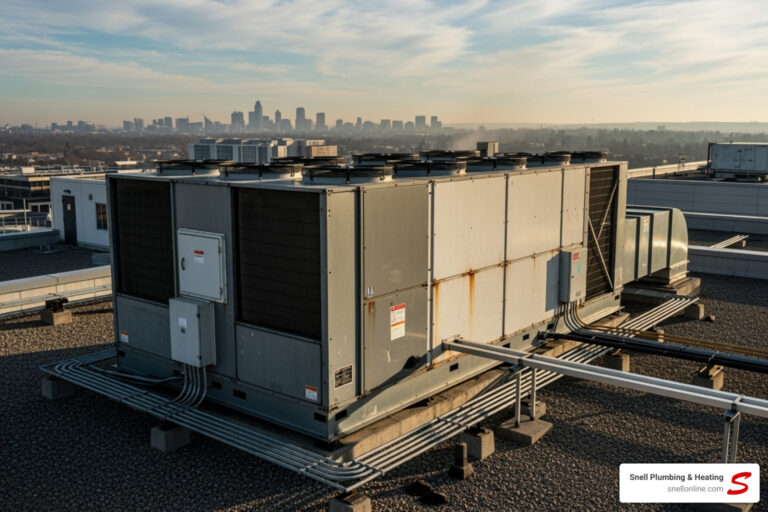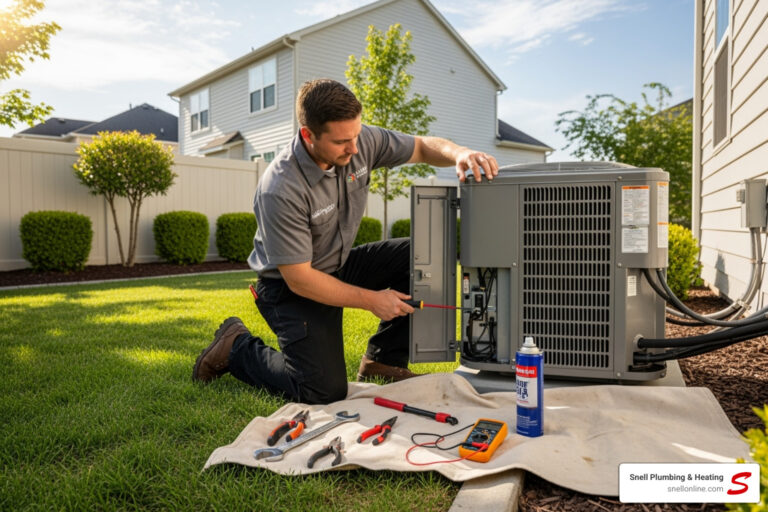Geothermal cooling is known for being a long-term, energy-efficient solution to keeping homes comfortable during the warmer months. It works silently in the background, using the stable temperatures underground to move heat away from your home. But like any other mechanical system, it can run into problems that affect how well it works. When that happens, it no longer keeps your home at the temperature you expect.
In Springfield, homeowners rely on their geothermal systems to help manage summer heat without the swings that come with more traditional cooling setups. However, issues with the loop system—the part underground doing most of the work—can go unnoticed until performance takes a hit. If that loop starts to lag, your system might struggle to keep up, using more energy or delivering less cooling. Knowing what to look out for can help save time, frustration, and bigger repair bills later on.
Understanding Geothermal Cooling Loops
At the heart of a geothermal cooling system is the ground loop. It is a series of pipes buried underground, filled with a fluid that carries heat away from your home and transfers it into the cooler earth. These pipes connect to a heat pump inside your house, which works to either absorb or release heat depending on the season. But the loop is where the major action happens when it comes to cooling.
Here’s a simple breakdown of what the ground loop does during the cooling process:
– The system pulls warm air from inside your home.
– That heat travels through the loop fluid into the ground.
– The cooler temperature underground absorbs the heat.
– The now-cooled fluid cycles back into your home to repeat the process.
In Springfield, the stable ground temperatures make geothermal cooling a reliable option compared to systems that rely on outside air, which can shift drastically in the summer. When working properly, the loop keeps the fluid moving steadily, helping the heat exchange process run smoothly.
This consistency not only improves indoor comfort but reduces strain on mechanical parts. Since the loop minimizes the workload on the system, it can extend the life of your equipment. But if a blockage or fluid issue arises, both comfort and efficiency can decline.
Common Performance Issues in Geothermal Cooling Loops
When cooling becomes inconsistent or energy use seems higher than expected, the loop system may be struggling. These problems often come on slowly, so they can be overlooked until performance noticeably drops.
Here are some signs your geothermal cooling loop may not be working correctly:
– Your home feels warmer than normal, especially in the afternoon.
– Air from vents is noticeably warmer than expected.
– The system runs longer or turns on and off more than usual.
– You notice increases in your monthly energy bills.
Common causes of geothermal loop problems include:
1. Blocked or crushed pipes – A restricted loop slows fluid movement, affecting the transfer of heat.
2. Low loop fluid – Leaks or evaporation reduce the amount of fluid, limiting how much heat can be carried away.
3. Air trapped in the loop – Air pockets can interfere with fluid circulation and reduce cooling ability.
4. Ground temperature change – Though uncommon, changes in underground conditions from local projects or drainage problems can weaken the loop’s performance.
Addressing these issues early can prevent system overload or larger failures. Left unchecked, loop issues may lead to damage in the heat pump or other support systems.
Troubleshooting Techniques and Solutions
If you notice something off with your system, checking a few basic signs around your home can help outline the problem before contacting our technicians.
Here are some steps to observe:
1. Check your thermostat settings to rule out any incorrect programming.
2. See if the fan runs continuously or behaves oddly, like turning on too often.
3. Walk through your home to find rooms that are warmer or cooler than others.
4. Listen for odd sounds like gurgling or bubbling near the system or pipes.
5. Touch the loop’s incoming and outgoing pipes to see if there’s a strong temperature difference.
Any of these signs could suggest trouble in the geothermal loop. If the fluid is not circulating well, or if air has entered the system, cooling will be affected. However, repairs or flushing should not be done by homeowners. These processes require equipment and expertise to perform safely and correctly, and guessing can cause more damage.
When to Seek Professional Help
Some signs go beyond what’s visible or easy to check and signal that your system may not get better without service.
Here are situations where you should schedule help immediately:
– Damp soil or moisture around where the loop connects to your home
– Alarms or error messages on your thermostat or equipment display
– Energy use going up while the home feels less comfortable
– Circuit breakers tripping frequently when the cooling system runs
Getting help early reduces wear and protects your system from further harm. Our technicians know how to accurately read pressure, temperature flow, and system response to pinpoint problems quicker than trial and error solutions.
Maintaining Peak Efficiency All Summer
With Springfield’s summer heat, geothermal systems often run for long stretches. Keeping conditions clean and consistent can go a long way toward better performance.
Here are some actions homeowners can take to support system health:
– Replace AC filters as needed to avoid restricted airflow.
– Keep vents and returns free from furniture, rugs, or dust buildup.
– Use a humidity monitor to make sure moisture is not triggering extra cooling.
– Close blinds and windows when the sun is strongest to reduce the need for additional cooling.
– Schedule an inspection at least once per year, especially before peak summer months.
Sticking to these practices helps maintain smooth operation and provides early warning signs when something isn’t right. Regular inspections are especially important before heavy use or if your system has not been checked in over a year.
Maintain Comfort with Professional Support
As summer heat builds in Springfield, demand on your geothermal cooling loop increases. If something is interfering with the system’s ability to remove heat, your comfort drops and costs rise. Many of the earliest signs are minor, but these can quickly lead to more serious complications if ignored.
Quick intervention, steady upkeep, and the experience of our technicians all help keep your cooling system reliable. Watching for performance changes and scheduling prompt visits when signs emerge can make the difference between a small adjustment and a costly repair. Your comfort depends on a loop system that works smoothly and without interruption. Keeping that loop in good shape is key to making sure your home stays cool when you need it most.
At Snell Plumbing & Heating, we understand the importance of keeping your system running smoothly, and if you have concerns about geothermal cooling in Springfield, our technicians are ready to assist with any issues that arise. For a quick estimate or to schedule a service visit, please contact us today.





